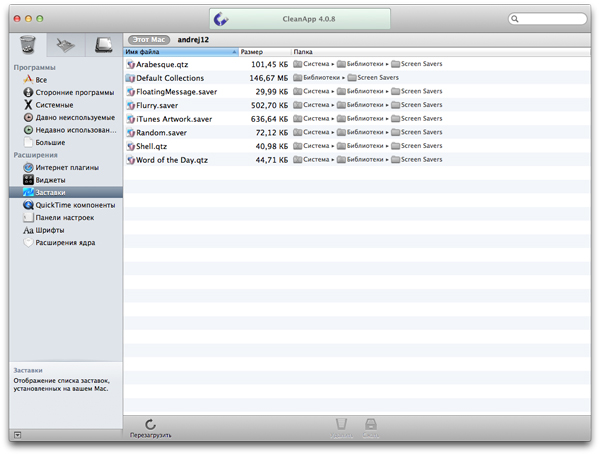
Your bundles of cash sit in suitcases all around your makeshift camp and the same stranger shows up: You’re still starving and all around you are signs warning you about mines and unexploded ordnance from the Battle of Guadalcanal, which was waged right where you are, 70+ years ago. You’re still on a deserted island, except it’s a small island south of Ulawa Island in the Solomon Islands. 1 Littercoin > 1 ETH?Ī darker version of the same hypothetical helps drive the point home. Your chances of finding the stash of trash at the end of the end of your Littercoin’s GPS hash might be very low, but they are higher than Bitcoin’s 0% chance of leading you to resources that you might need to survive. However, map coordinates are intrinsically more valuable than just an encrypted hash representing a Bitcoin balance. You have no idea whether you’ll be able to decrypt the coordinates, and/or if these particular coordinates will lead to a useful find.

You do not know if you could ever use the GPS coordinates, you do not know whether the GPS coordinates lead to junk or treasure, but you know that they represent encrypted map coordinates. A rational you would take the Littercoin because the GPS coordinates give you a lead to a potential material bounty. 1 Littercoin > 1 Bitcoin?Īs strange as this matchup may seem at first, from a rational economics perspective, the answer is absolutely “yes.” The best way to illustrate this is to imagine yourself stuck on a deserted island.Īssume no other technology or variable, and the answer becomes clear. Please note that when we say “intrinsic worth,” we’re still talking about some sort of a market exchange. We can posit the following, for instance:Ī recent geotagged photo of an old dumpsite has more intrinsic worth, and more value, than 1 BTC. Commodities acquire value only through exchange.īut we can answer the question in relative terms.

Nobody can give a precise value to a photo of a trash bin or an old dumpsite, just like nobody can give a precise value to a patent or any other form of property. Then we start the transactional process again. The value of this CleanApp Report also goes up with every subsequent CleanApp Report that is chained on the genesis block, until such time that the bin is emptied. It’s not enough to ask, “How much is this report worth?” The “worth” of this report depends on where this bin is located, when the photo was taken, and who wants to buy this data.
#CLEANAPP 5.1 MANUAL#
(3) responding to the offending objects and/or conditions by cleaning them up (either through manual human labor, or any form of semi-autonomous or fully autonomous incident response, cleaning platform).
#CLEANAPP 5.1 VERIFICATION#
(2) performing verification & other analytics activities with respect to earlier submitted reports (1) submitting different genres of incident reports (like locations and extent or waste, litter, and hazards) Individuals/firms can earn #TrashHash (or #TrashCash or #GoldKens, whatever the eventual name that attaches) through activities like: Right now, ( ) is a working prototype of one type of #TrashHash, awarded for one type of CleanApp activity (reporting litter locations).

#TrashHash is a placeholder name for some future “ toin” ( token and/or coin and/or currency and/or etc.) that is awarded to actors who participate in different aspects of CleanApp processes. “More CleanApp Reports lead to more CleanApp Response actions, producing higher recyclable yields.” -CleanApp:2020 (Photo by Ant Rozetsky) What’s #TrashHash?


 0 kommentar(er)
0 kommentar(er)
